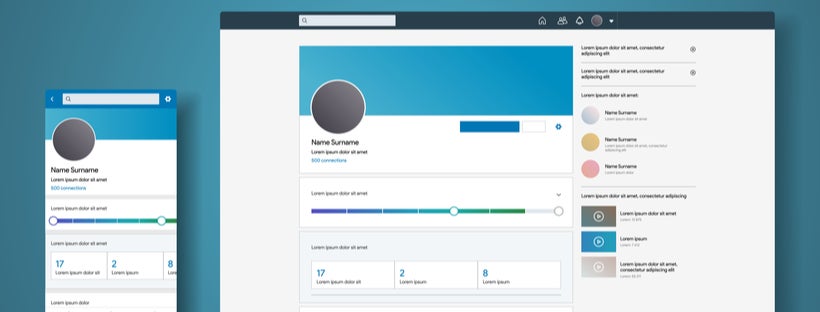Social media has taken online traffic by storm, with over 58.4% (4.62 billion) of users using it to interact with one another. Several businesses also use social media to expand their outreach and interact with customers.
However, with dozens of social media websites, choosing the right platform for your business can get confusing. For starters, you must realize that you do not need to have an account on all available platforms.
How to Pick the Right Social Media Platform

In order to pick the right social media for your business, ask yourself the following questions:
- What are the demographics of your target audience?
- What are your business goals: brand recognition, lead generation, influencer marketing, etc.
- How much time can you commit to social media management?
- Are you a B2C (business-to-consumer) or B2B (business-to-business) organization?
Depending on your answers, you can select the most effective social platforms that comply with your requirements. The most crucial element that drives social media marketing is to remain active on all platforms used by your customers.
Several retail store owners have begun taking to social media; however, it is crucial to advertise to passersby and generate walk-in store revenue. You can use dynamic marketing tools such as flags to do so.
Devising the Right Social Media Guidelines
Social media guidelines comprise several key factors which vary from business to business; however, specific core values that companies must never overlook include:
- Official Business Accounts – social media account links that demonstrate how you present your business on social media.
- Privacy – do not let employees share confidential business-related information, such as personal information about colleagues, financial disclosures, and private communications.
- Transparency – the Federal Trade Commission demands appropriate employee identification in business-related posts.
- Inclusivity – Let your staff know that you care about inclusivity on social media and freedom of expression
- Anti-Harassment – Social media guidelines must dictate that the staff exhibit kindness on social media and promote a healthy culture.
Advantages and Disadvantages of Different Social Media Platforms
Check out these prominent social media platforms along with their benefits and drawbacks.
Facebook has a whopping 2.3 billion active users globally and is a behemoth in the world of social media. This platform has users of all genders, age groups, and educational backgrounds, making it ideal for businesses to target audiences effectively.
Ups
- Robust advertising options
- Special features that display menus or a list of services.
- Integration with e-commerce platforms
Downs
- Additional training might be required to utilize all features.
- Overwhelming competition.

Instagram is a visually emphasized social media platform where users and businesses use photos and videos as status updates. This platform also uses hashtags, making it ideal for obtaining followers who browse for specific products or services.
Several companies use the Stories feature on Instagram for brand or product promotions. Instagram mostly features a female-dominant crowd of 18-29-year-olds.
Ups
- You can run Facebook ads simultaneously on Instagram.
- Convenient setup and simplistic UI.
- Easy to secure organic followers.
Downs
- Highly effective only with rich-quality visual content.
- Primarily for mobile users.
Twitter has a simplistic UI and houses an engaged user base that communicates with brands directly. It is ideal for B2C brands that have a strong brand voice. The most successful brands interact with their customers regularly on Twitter via mentions and retweets. About 40% of the userbase on Twitter is comprised of 18-29 year olds.
Ups
- Simple and direct status uploads, owing to the 240-character limit.
- Brands can directly tag users in their tweets.
- Hashtags can be found conveniently by potential clients.
Downs
- Using multiple hashtags can get tiresome.
- Frequent user interaction can get time-consuming.

LinkedIn is specifically for professional networking. You can join LinkedIn groups for specific industries, interact with others in your field, and hire top talent. You can also publish industry-specific articles on LinkedIn and gain recognition from others in similar fields of interest.
About 33% of users on LinkedIn are 30-49 year olds, and 24% are 50-64 year olds.
Ups
- Less competition with industry-specific users.
- Ideal for job listing and hiring talent.
Downs
- Average analytical capabilities.
- Typically used for brand awareness and job posting only.
You can also print your social media handles on offline advertising tools such as banners and decals to inform passersby of your online presence. Having a social media presence is crucial to stay in the competition and expand your customer base. However, you must be selective when choosing the right social media platforms for your business.
It is also crucial to devise social media engagement strategies apart from mere marketing and advertising. Since most small businesses have limited time and resources, it is paramount that you narrow down your preferences on social platforms and the type of content you wish to advertise.


 Posted in
Posted in